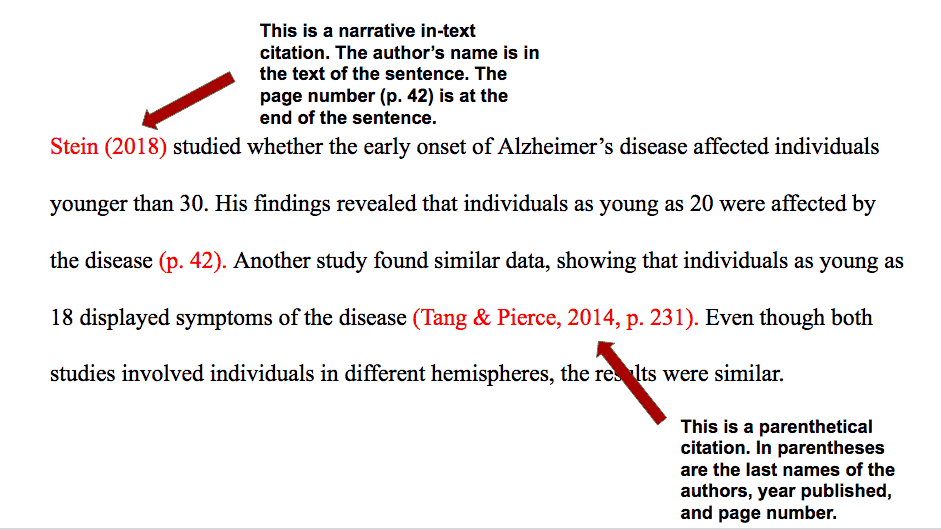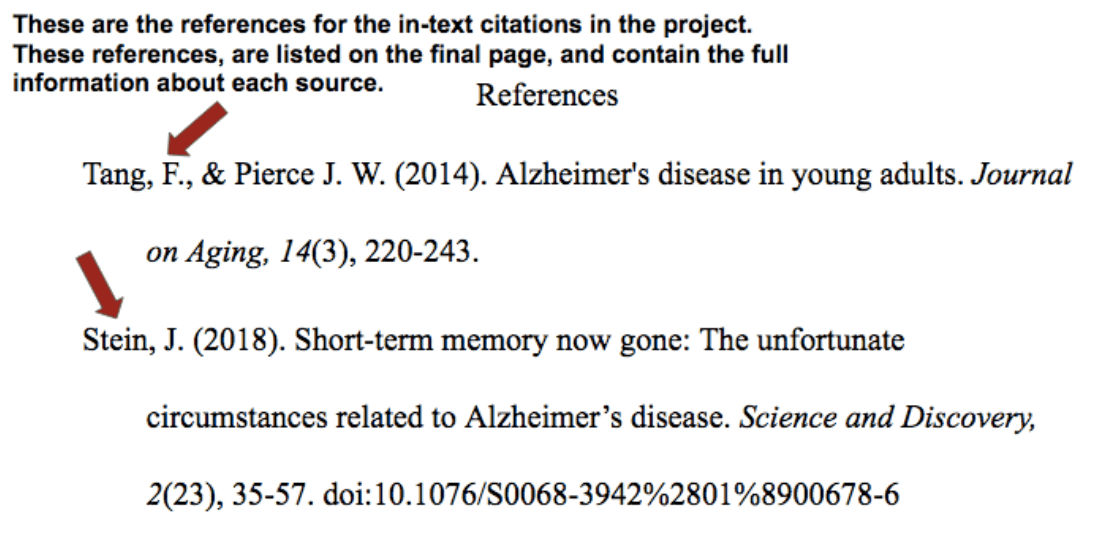Sign Language I m Deaf But We Can Still Talk Discussion
Description
Prior to attending the event:
- Why does this event interest you the most?
- What experiences do you hope to obtain from this event?
- What previous learning that you have from other classes will this event experience build upon?
- Notes taken during the event:
What do you think the presenter was trying to accomplish during their presentation?
- List 3 or more things that you learned from the presentation.
- What surprised you the most from the presentation? (cannot be from the previous bullet point)
- Anything else you would like to add
Post-event reflection:
- How could this presentation apply to your field or future career and why?
- What did you learn in this experience that you feel could not be learned in a textbook setting?
- How does this effect your perspective of the Deaf* community?
- Deaf TED Talk presenters on YouTube such as: Making Education Accessible To Deaf Children | Nyle DiMarcohttps://www.youtube.com/watch?v=U_Q7axl4oXY (Links to an external site.)

- Models Matter: Seeing Deaf People Through A Cultural Lens | Diana Kautzkyhttps://www.youtube.com/watch?v=sg48BNjUohw (Links to an external site.)

Navigating deafness in a hearing world | Rachel Kolbhttps://www.youtube.com/watch?v=uKKpjvPd6Xo (Links to an external site.)
- Deaf and proud | Irisa Daphne MacAulay & Kathleen Woodhttps://www.youtube.com/watch?v=TobG2g-ZW_U (Links to an external site.)

- The enchanting music of sign language | Christine Sun Kimhttps://www.youtube.com/watch?v=2Euof4PnjDk (Links to an external site.)

- I’m deaf, but we can still talk | Rebekah Afarihttps://www.youtube.com/watch?v=M3f_mENOQaE (Links to an external site.)

- The Daily Moth
https://www.youtube.com/c/TheDailyMoth (Links to an external site.)
This is daily Deaf news on YouTube that is very popular among the Deaf
There are many videos to watch from
Make sure you follow the instructions and prompts on Canvas in how to write your ASL Series Presenter reflection paper. Also, be sure to follow the APA formatting for citing YouTube videos. Here is a link you could look at if you need it: https://www.scribbr.com/apa-examples/youtube/
Cite all your sources, including your textbook(s), course materials, and any outside sources using APA citation. Use only credible sources. You must do both in-text and reference citations. All assignments you submit will be automatically checked for plagiarism by Canvas’s Turnitin.
- If you need help creating references that go at the end of your posts and papers, you can go here and follow the steps:
https://www.citationmachine.net/apa/cite-a-book (Links to an external site.)
In-Text vs. References
You must do both in-text and references, so what is the difference?
Citations and references should be included anytime you use another individual’s work in your own assignment. When including a quote, paraphrased information, images, or any other piece of information from another’s work, you need to show where you found it by including a citation and a reference. This guide explains how to make them.
Style citations are added in the body of a research paper or project and references are added to the last page.
- In-text Citations, which are called in-text citations, are included when you’re adding information from another individual’s work into your own project. When you add text word-for-word from another source into your project, or take information from another source and place it in your own words and writing style (known as paraphrasing), you create an in-text citation. These citations are short in length and are placed in the main part of your project, directly after the borrowed information.
References are found at the end of your research (Links to an external site.) project, usually on the last page. Included on this reference list page is the full information for any in-text citations found in the body of the project. These references are listed in alphabetical order by the author’s last name.
An APA in-text citation includes only three items: the last name(s) of the author(s), the year the source was published, and sometimes the page or location of the information. References include more information such as the name of the author(s), the year the source was published, the full title of the source, and the URL or page range.
Below are examples of APA in-text citations and APA references:


If you need help creating references that go at the end of your posts and papers, you can go here and follow the steps: https://www.citationmachine.net/apa/cite-a-book (Links to an external site.)
- Credible Sources:
To figure out of the source is credible, ask yourself these questions:
(Hint: Wikipedia is not considered a credible source. )
Contributor/Author
Has the author written several articles on the topic, and do they have the credentials to be an expert in their field?
Can you contact them? Do they have social media profiles?
Have other credible individuals referenced this source or author?
- Book: What have reviews said about it?
Publisher
What do you know about the publisher/sponsor? Are they well-respected?
Do they take responsibility for the content? Are they selective about what they publish?
Take a look at their other content. Do these other articles generally appear credible?
Bias
- Does the author or the organization have a bias? Does bias make sense in relation to your argument?
Is the purpose of the content to inform, entertain, or to spread an agenda? Is there commercial intent?
Are there ads?
Currency
When was the source published or updated? Is there a date shown?
- Does the publication date make sense in relation to the information presented to your argument?
Does the source even have a date?
- Reproduced
Was it reproduced? If so, from where?
- If it was reproduced, was it done so with permission? Copyright/disclaimer included?
Have a similar assignment? "Place an order for your assignment and have exceptional work written by our team of experts, guaranteeing you A results."








